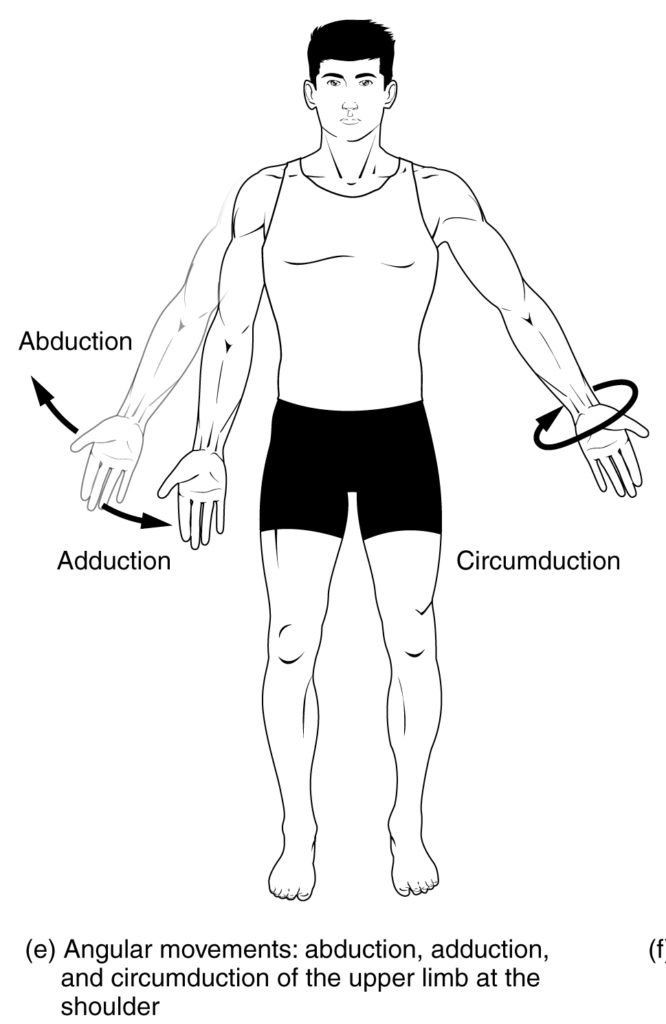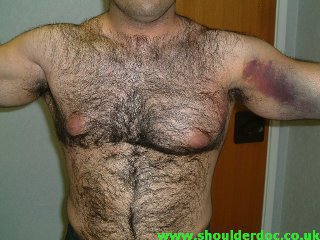Pats’ Dont’a Hightower Out for Season with Torn Pectoralis

New England Patriots lineback Dont’a Hightower will be out for the rest of the season. He suffered an injury in Sunday’s game against Atlanta which left him with a torn pectoral muscle. According to sportswriter Mark Daniels, Hightower, 27, was injured in the third quarter, during a Devonta Freeman run:
” As the running back ran up the middle, he cut left. Hightower, who was also running to his left, reached out with his right arm and fell on his side. He grabbed Freeman with his right hand, but the back kept moving up field. Immediately, Hightower looked like he was in pain. He came out of the game and was ruled out with a shoulder injury.”
The injury comes at an unfortunate time for the Patriots, whose defense had made some definite improvements over the past few weeks.
Hightower is no stranger to injuries, having suffered a number of knee, shoulder and rib injuries during his six seasons in the NFL.
The Pectoralis Muscle
 The pectoralis muscle is a thick, fan-shaped muscle, on the front of the chest. It makes up the bulk of the chest muscles and lies under the breast. Underneath the pectoralis major is the pectoralis minor, a thin, triangular muscle. In sports as well as bodybuilding, the pectoral muscles may colloquially be referred to as “pecs”, “pectoral muscle” or “chest muscle” due to its being the larger and most superficial muscle in the chest area.
The pectoralis muscle is a thick, fan-shaped muscle, on the front of the chest. It makes up the bulk of the chest muscles and lies under the breast. Underneath the pectoralis major is the pectoralis minor, a thin, triangular muscle. In sports as well as bodybuilding, the pectoral muscles may colloquially be referred to as “pecs”, “pectoral muscle” or “chest muscle” due to its being the larger and most superficial muscle in the chest area.
The pectoralis major attaches to the humerus bone (upper bone of arm) and is divided into two parts. The upper part is known as the ‘clavicular head’ and the lower part the ‘sternal head’, based on their origins from the clavicle (collarbone) and sternal (breastbone) bones respectively.
The muscle fibers of the pectoralis end in a flat tendon, about 5 cm in breadth, which is inserted into a groove (intertubercular sulcus) in the upper humerus (the bone of the upper arm).
 The pectoralis major has four actions which are primarily responsible for movement of the shoulder joint:
The pectoralis major has four actions which are primarily responsible for movement of the shoulder joint:
- Flexion of the humerus, as in throwing a ball underhand, and in lifting a child.
- It adducts the humerus, as when flapping the arms.
- It rotates the humerus medially, as occurs when arm-wrestling.
- The pectoralis major is also responsible for keeping the arm attached to the trunk of the body.
Rupture (Tear) of the Pectoralis Muscle
Tears of the pectoralis major are rare and typically affect otherwise healthy individuals. It is seen mostly in men but is possible in women. This type of injury (while uncommon) is known to affect athletic population, namely in high-impact contact sports. Powerlifting is the most common setting, but can also occur is sports such as football, rugby, skiing,wrestling, hockey, and parachuting.
 The Pectoralis major may tear/rupture in the following parts of the muscle:
The Pectoralis major may tear/rupture in the following parts of the muscle:
- Tendon rupture off the humerus bone (most common)
- Tear at the junction of the muscle and tendon (musculo-tendinous junction)
- Tear within the muscle belly itself
- Muscle tearing off the sternum (very rare)
Signs and Symptoms
 A patient who has undergone a rupture of the pectoralis muscle may report a sharp tearing sensation. There will also be resistance when he tries to rotate his arm inward and toward his chest (adduction and internal rotation). There may also be pain and weakness of the shoulder. On examination a physician will find:
A patient who has undergone a rupture of the pectoralis muscle may report a sharp tearing sensation. There will also be resistance when he tries to rotate his arm inward and toward his chest (adduction and internal rotation). There may also be pain and weakness of the shoulder. On examination a physician will find:
- swelling and ecchymosis (bruising)
- palpable (feel-able) defect and deformity of the anterior axillary fold
- weakness with adduction and internal rotation
Treatment
If there is a partial rupture, or the injury is primarily tears in the muscle, nonoperative treatment may be warranted. This includes a sling initially to immobilize the injury, along with rest, ice, and pain relief with NSAIDS, such as Advil or Aleve.
If the injury is at the tendon, which has been torn away from the bone, a surgical procedure is the treatment of choice. This is especially important for high levele athletes.
Here is an animated video of the procedure:



























0 comments